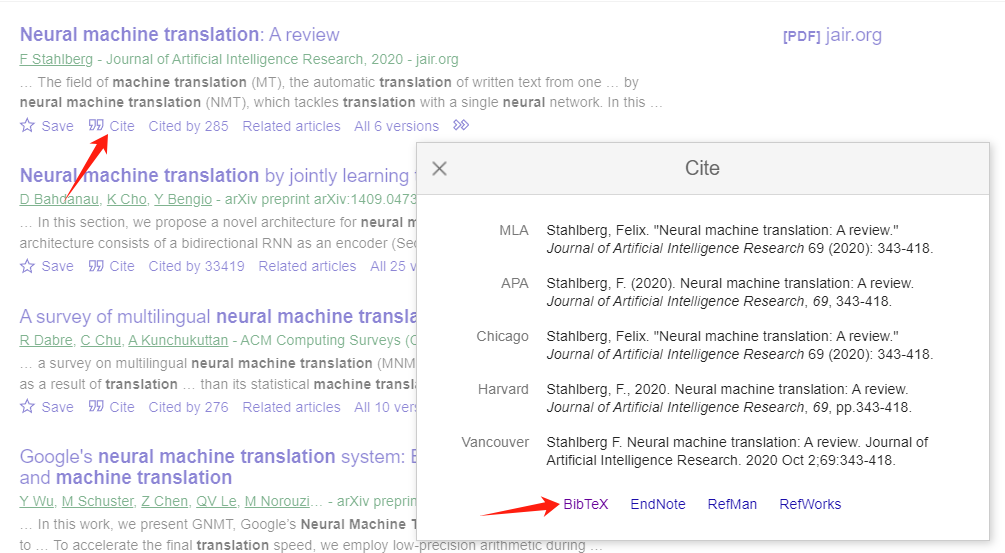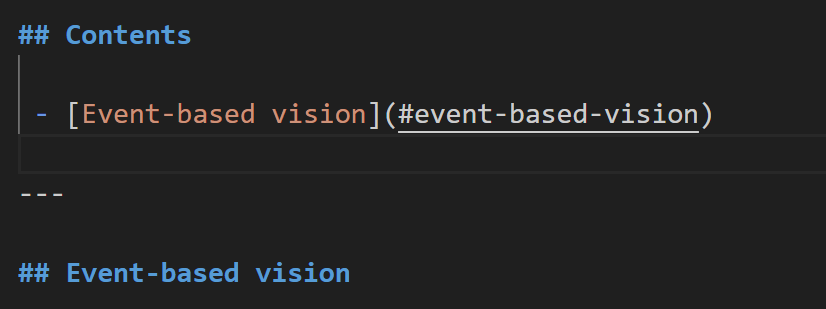怎么检查自己的Method是否easy-to-understand的
- 仔细检查Method中每句话的动机是否是清楚的。让读者时刻清楚一件事:为什么要执行这句话中的“内容”。
- 仔细检查论文中的名词是否一致的,尽量不要变来变去。
- 一段文字开头第一句就要让人知道这段在说什么,并且一段文字一定要表达好一件事情。
- 仔细检查保证句子之间是否是flow的。
% Overview
% 一两句话介绍setting
%% 例子1: Given a sparse multi-view video of a performer, our task is to generate a free-viewpoint video of the performer.
%% 例子2: Given an image, the task of pose estimation is to detect objects and estimate their orientations and translations in the 3D space.
% 一两句话介绍论文的core contribution
%% 例子1: We build upon prior work for static scenes [46], to which we add the notion of time, and estimate 3D motion by explicitly modeling forward and backward scene flow as dense 3D vector fields.
%% 例子2: Inspired by [21, 25], we perform object segmentation by deforming an initial contour to match object boundary.
%% 例子3: Inspired by recent methods [29, 30, 36], we estimate the object pose using a two-stage pipeline: we first detect 2D object keypoints using CNNs and then compute 6D pose parameters using the PnP algorithm. Our innovation is in a new representation for 2D object keypoints as well as a modified PnP algorithm for pose estimation.
% 如果有论文pipeline/framework比较novel,画一张图介绍pipeline/framework
%% 例子: The overview of the proposed model is illustrated in Figure 3.
% Section 3.1描述了什么
%% 例子1: Neural Body starts from a set of structured latent codes attached to the surface of a deformable human model (Section 3.1).
%% 例子2: In this section, we first describe how to model 3D scenes with MLP maps (Section 3.1).
% Section 3.2描述了什么
%% 例子1: The latent code at any location around the surface can be obtained with a code diffusion process (Section 3.2) and then decoded to density and color values by neural networks (Section 3.3).
%% 例子2: Then, Section 3.2 discusses how to represent volumetric videos with dynamic MLP maps.
% Section 3.3描述了什么
%% 例子3: Finally, we introduce some strategies to speed up the rendering process (Section 3.3).
Section 3.1
- 版本1:先写module forward process,然后写module discussion。
% 1. 先描述该技术的forward process或者module design(先总结我们要做什么,然后写我们怎么做的:给定输入,经过xx步骤,得到输出。也就是"Given xxx, we first xxx, then xxx, finally xxx")
% 1.1 我们要做什么
%% 例子: Given the input features defined on a contour, deep snake introduces the circular convolution for the feature learning, as illustrated in Figure 2.
% 我们怎么做的
% 1.2 we first do xx.
%% 例子: 首先构造circular convolution。
% 1.3 then, we do xx.
%% 例子: Similar to the standard convolution, we can construct a network layer based on the circular convolution for feature learning, which is easy to be integrated into a modern network architecture.
% 1.4 finally, we do xx.
%% 例子: After the feature learning, deep snake applies three 1×1 convolution layers to the output features for each vertex and predicts vertex-wise offsets between contour points and the target points, which are used to deform the contour.
% 2. 再描述该技术的technical advantage(motivation)
%% 例子: As discussed in the introduction, the proposed circular convolution better exploits the circular structure of the contour than the generic graph convolution. We will show the experimental comparison in Section 5.2. An alternative method is to use standard CNNs to regress a pixel-wise vector field from the input image to guide the evolution of the initial contour [37, 33, 40]. We argue that an important advantage of deep snake over the standard CNNs is the object-level structured prediction, i.e., the offset prediction at a vertex depends on other vertices of the same contour. Therefore, deep snake will predict a more reasonable offset for a vertex located far from the object. Standard CNNs may have difficulty in this case, as the regressed vector field may drive this vertex to another object which is closer.
- 版本2:先写module discussion,然后写module forward process。
% 1. 先写motivation(为什么要提出这个技术)
%% 例子: The implicit fields assign the density and color to each point in the 3D space, which requires us to query the latent codes at continuous 3D locations. This can be achieved with the trilinear interpolation. However, since the structured latent codes are relatively sparse in the 3D space, directly interpolating the latent codes leads to zero vectors at most 3D points. To solve this problem, we diffuse the latent codes defined on the surface to nearby 3D space.
% 2. 再描述该技术的forward process或者module design(先总结我们要做什么,然后写我们怎么做的:给定输入,经过xx步骤,得到输出。也就是"Given xxx, we first xxx, then xxx, finally xxx")
% 2.1 我们要做什么
%% 例子: Inspired by [65, 56, 49], we choose the SparseConvNet [21] to efficiently process the structured latent codes, whose architecture is described in Table 1.
% 我们怎么做的
% 2.2 we first do xx.
%% 例子: Specifically, based on the SMPL parameters, we compute the 3D bounding box of the human and divide the box into small voxels with voxel size of 5mm × 5mm × 5mm. The latent code of a nonempty voxel is the mean of latent codes of SMPL vertices inside this voxel.
% 2.3 then, we do xx.
%% 例子: SparseConvNet utilizes 3D sparse convolutions to process the input volume and output latent code volumes with 2×, 4×, 8×, 16× downsampled sizes. With the convolution and downsampling, the input codes are diffused to nearby space.
% 2.4 finally, we do xx.
%% 例子: Following [56], for any point in 3D space, we interpolate the latent codes from multi-scale code volumes of network layers 5, 9, 13, 17, and concatenate them into the final latent code. Since the code diffusion should not be affected by the human position and orientation in the world coordinate system, we transform the code locations to the SMPL coordinate system.





